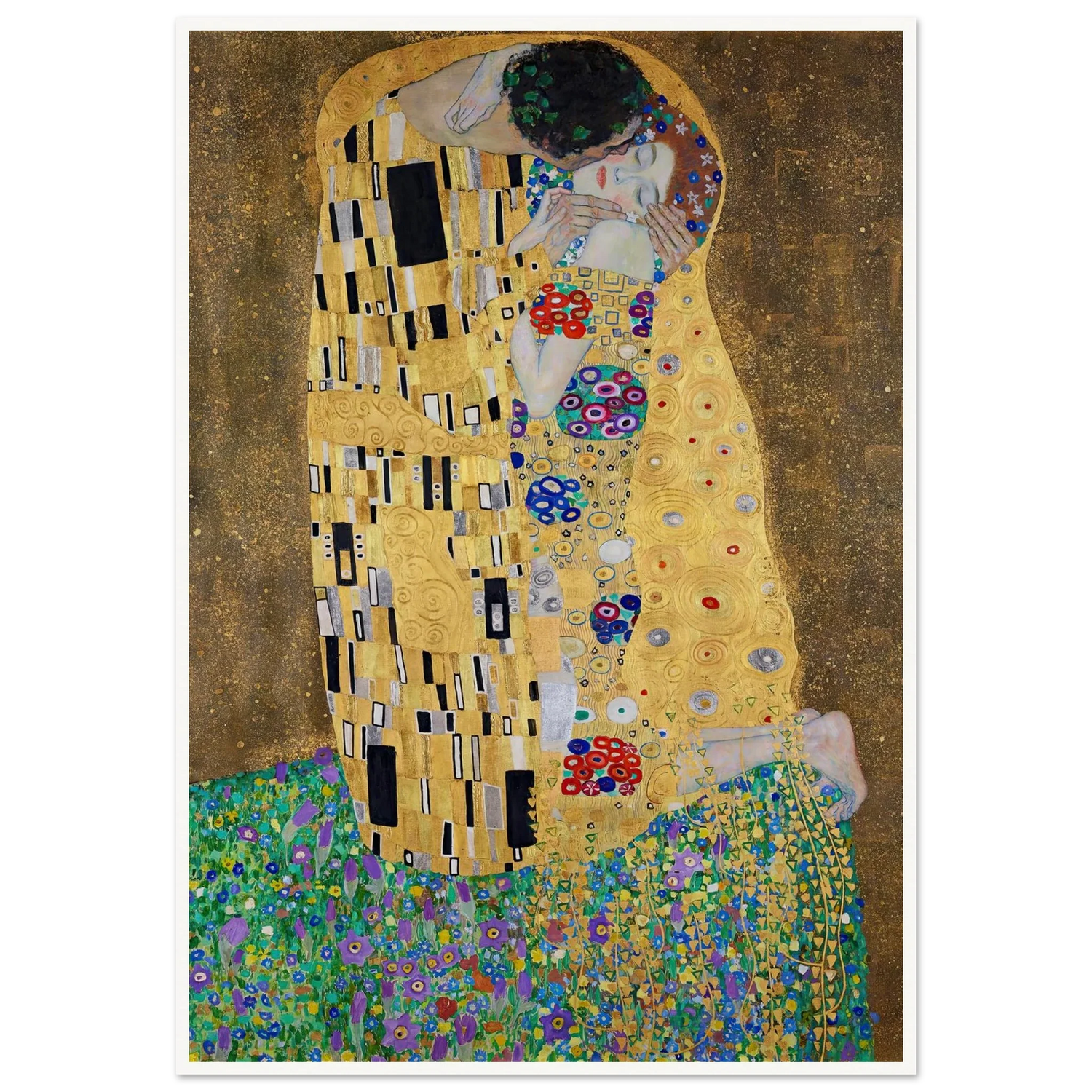Five Paintings That Define Van Gogh
Share
Vincent van Gogh is easy to romanticize. The severed ear, the asylum, the bursting sunflowers. But beneath the mythology is a painter who was extraordinarily deliberate. He didn’t just pour his feelings into color. He composed them. He orchestrated them. And he understood that beauty often lives at the edge of collapse.
These five paintings are not simply the most famous. They are the most revealing. Each one opens a different window into the restless clarity of his mind.
1. The Starry Night (1889)

Location: The Museum of Modern Art, New York
This is not a peaceful painting. It has become a cliché, a bedroom poster for the dreamy or the depressed. But it deserves better. Van Gogh painted it in an asylum, inventing most of the landscape from memory. The sky churns. The cypress ignites. The town lies still, but the heavens are electric. This is not about wonder. It is about tension. It is not a celebration of night. It is a confrontation with it.
2. Sunflowers (1888–89)

Location: Various versions in London, Amsterdam, Munich
These are not cheerful flowers. They are wilting. They are drying. Some are almost gone. But the paint is intense. The brushwork is relentless. Van Gogh was not afraid of decay. He painted it with admiration. These sunflowers were meant to decorate Gauguin’s room, to welcome a friend. The gesture is tender. The result is almost violent. Even in generosity, Van Gogh was uncompromising.
3. Wheatfield with Crows (1890)

Location: Van Gogh Museum, Amsterdam
People like to call this his final painting. It probably wasn’t. But it feels like an ending. The sky is oppressive. The birds scatter. The road leads nowhere. And yet the composition is balanced. The color choices are restrained. This is not the work of someone losing control. It is the work of someone fully aware of the storm inside, and skilled enough to shape it.
4. Bedroom in Arles (1888)

Location: Van Gogh Museum, Amsterdam
Everything tilts. The bed, the chairs, the walls. The colors are light, almost soft. But the scene is not inviting. The room feels too narrow. The furniture feels too stiff. Van Gogh called it restful. But there is nothing restful here. This is solitude arranged with precision. A domestic interior where even stillness feels anxious.
5. Self-Portrait with Bandaged Ear (1889)

Location: The Courtauld Gallery, London
He is dressed for the cold. He is turned slightly away. His face is pale, expressionless. Behind him, a Japanese print hangs on the wall, as if offering an escape. But the eyes look directly at us. Not pleading. Not explaining. Just present. The brushstrokes are thick. The silence is heavy. There is no drama in this portrait. Only endurance.
Each of these paintings shows a man at the edge of something. Illness, vision, isolation, brilliance. But what makes them lasting is not the suffering behind them. It is the clarity with which they were made. Van Gogh was not just in pain. He was articulate in paint. And he used it not to escape the world, but to hold it still, just long enough to be seen.





